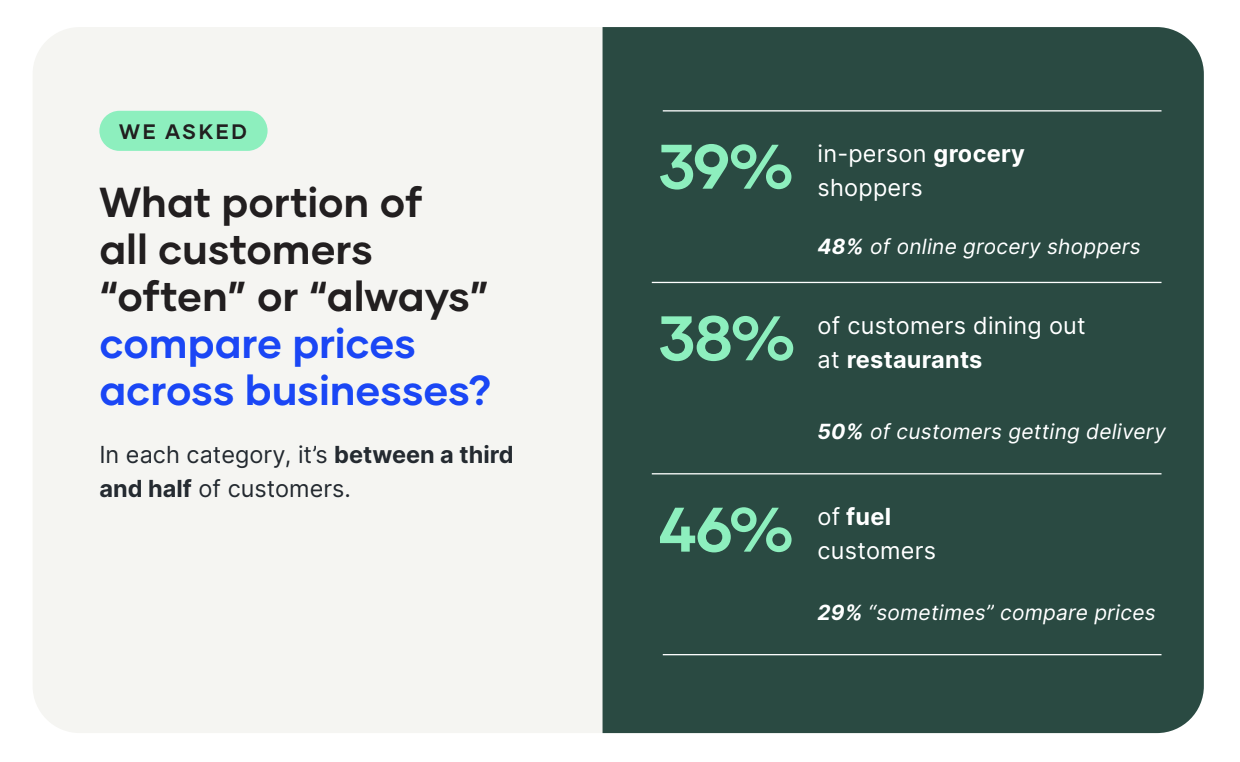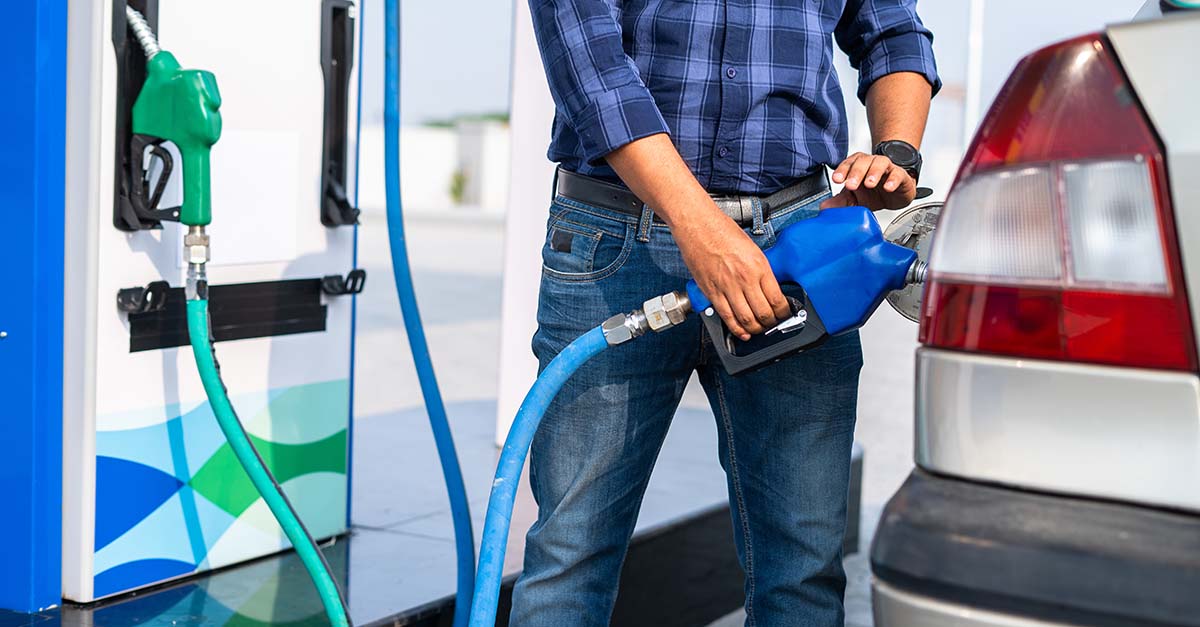Meet the uncommitted customer, your biggest growth opportunity in 2025
Retailers who capture even one more visit from uncommitted customers could see a lift in annual revenue of 84% or more.

The Upside Team
Retailers know loyalty is hard to win — and it’s even harder to keep. Nearly 80% of shoppers are now “uncommitted customers,” people who spread their trips across multiple retailers to maximize the value they receive from each transaction.
For businesses, this isn’t just a loyalty challenge; it’s the biggest growth opportunity of 2025. Winning even one more visit from these customers could drive massive revenue gains. In Upside’s new report, Winning the Uncommitted Customer, we share data and strategies to help retailers turn these occasional shoppers into repeat visitors.
To win these customers, you first need to understand them. Let’s take a closer look at who uncommitted customers are, along with three traits that define their behavior.
Traits that describe the uncommitted customer
Uncommitted customers are value-seeking
Yes, uncommitted customers care about price — but “value” means much more than finding the cheapest option. A customer might value convenience, choosing to shop at the retailer closest to their house. They might value quality, choosing to bypass competitors in order to get the best selection. It really all depends on the individual.
But what’s consistent is that shoppers are working harder than ever to maximize what they get out of every trip. It’s no surprise, given the dramatic increase in prices across fuel, restaurant, and grocery since 2020:
- 28% increase in grocery store prices
- 31% increase in restaurant prices
- 24% increase in gas station prices
In response to these higher prices, customers are cross-shopping at increased rates. The average customer in our survey goes to three grocery stores, two gas stations, and four different restaurants each month.
Uncommitted customers are digital
The phone is their shopping companion. Right at their fingertips, they have everything they need to make purchasing decisions at nearly all times.
When we surveyed the general population on their decision-making habits, we learned something about both their price sensitivity and their digital behavior — in particular, where those two meet.
First, many of our respondents confirmed that they compare prices between businesses as they decide where to buy.

Unsurprisingly, we also learned that most customers make use of digital resources — tools like social media, search, online ads, and online reviews — to inform their decision-making.

Uncommitted customers are opportunistic
Since uncommitted customers make decisions about where to shop based on their lifestyle, that means deciding just hours (or even minutes) before they actually transact.
Roughly half of all grocery customers — both committed and uncommitted — said they decide where to transact less than two hours before they actually go there. That was actually the lowest percentage of customers in the categories that we surveyed. In the restaurant industry, 66% of customers who dine out said they decide where to go less than two hours beforehand, and in fuel 77% of respondents decide where to fill up less than two hours before doing so.
And although many retailers know location is often the determining factor for customers deciding where to buy, these customers have shown a willingness to change their behavior with the right incentive:

Take the next step with uncommitted customers
Uncommitted customers make up nearly 80% of retail customers. Winning just one more visit from them — customers that are already at your stores — could represent an annual revenue increase of 84% or more.
The question is how, and the answer is by focusing on habit formation.
Learn how to build habits with uncommitted customers in Upside’s latest report. Get your copy.
Share this article:
The Upside team is made up of data scientists and industry experts who are passionate about delivering empowering content to our readers. With a focus on providing practical insights and meaningful perspectives, we create engaging materials across a wide range of topics. From exploring industry trends and offering expert analysis to sharing useful tips and inspiring ideas, our team works diligently to provide you with the information you need to thrive.
Request a demo
Request a demo of our platform with no obligation. Our team of industry experts will reach out to learn more about your unique business needs.










.png)




